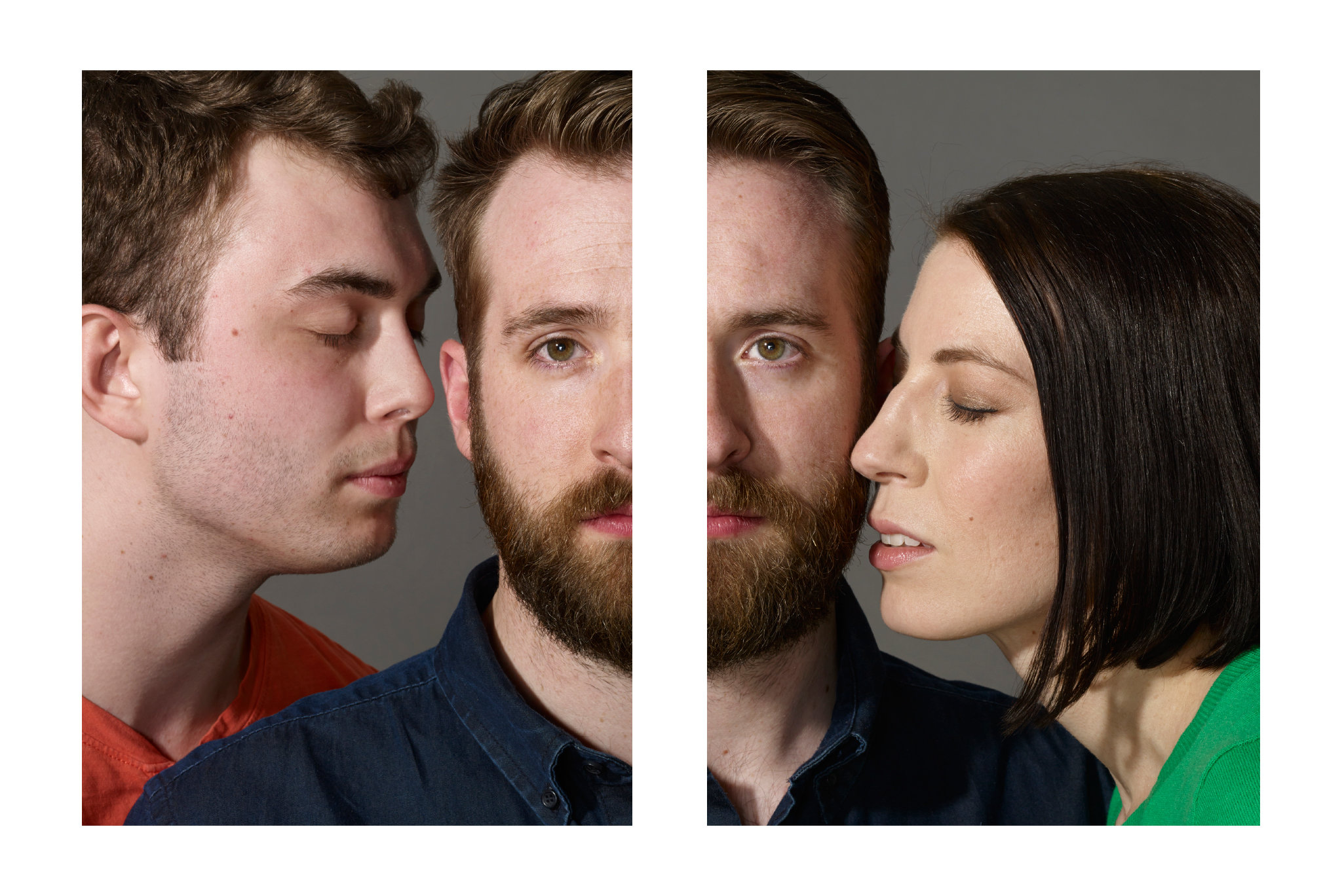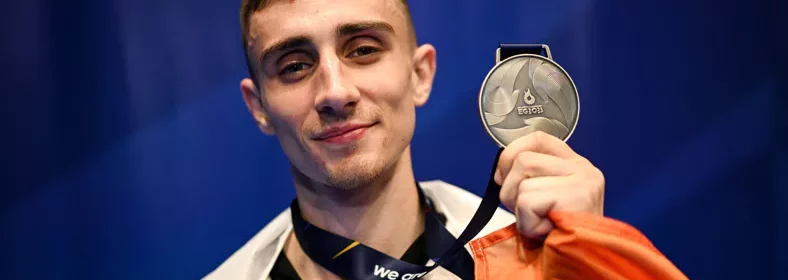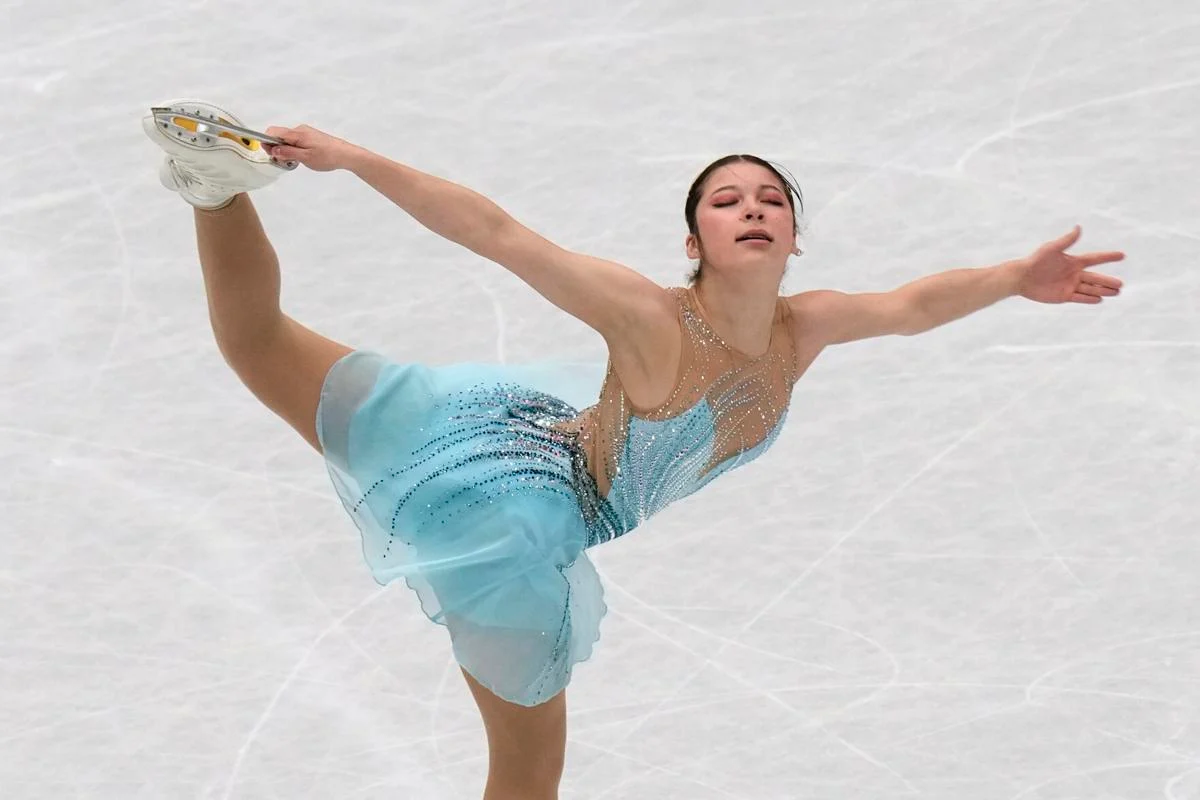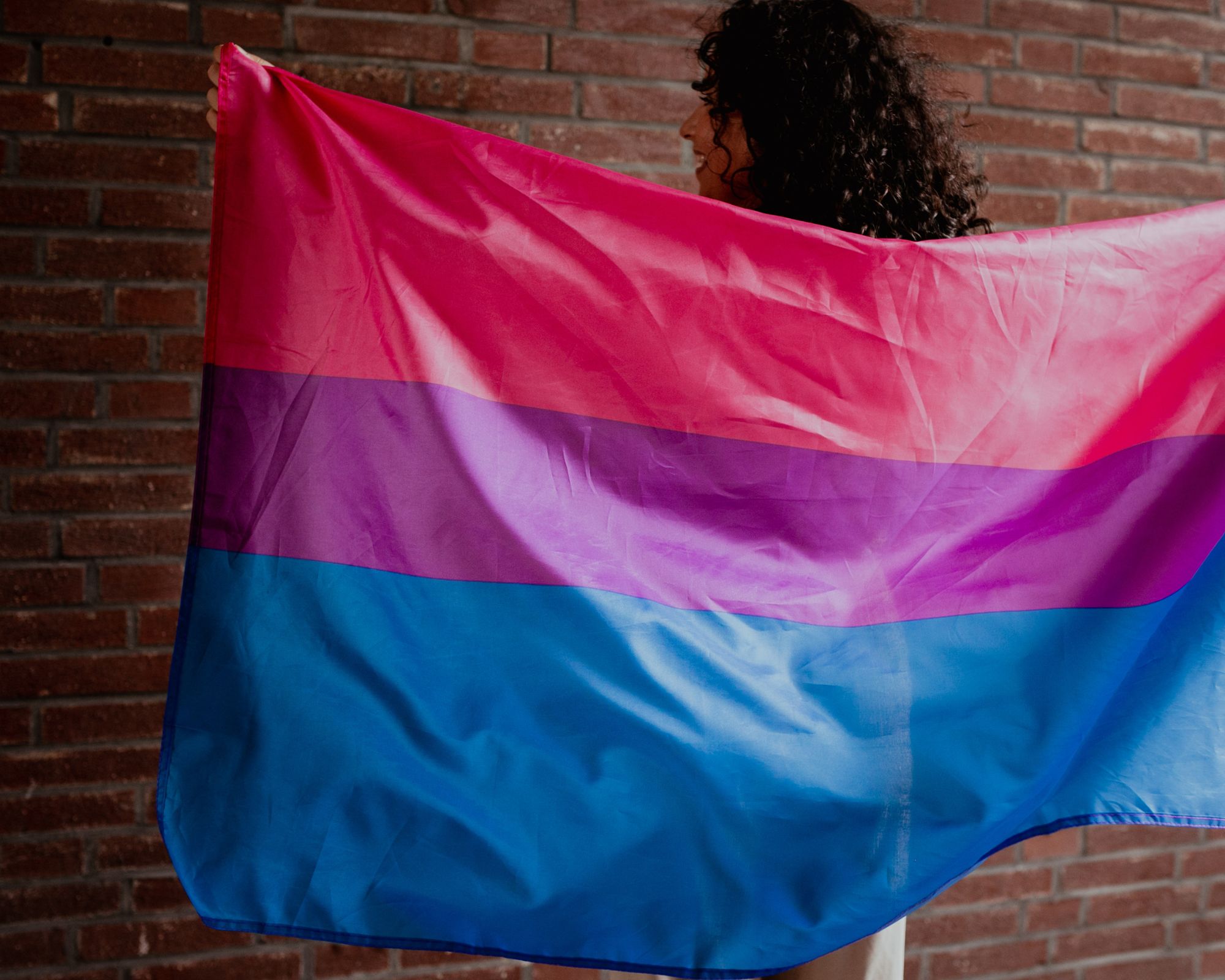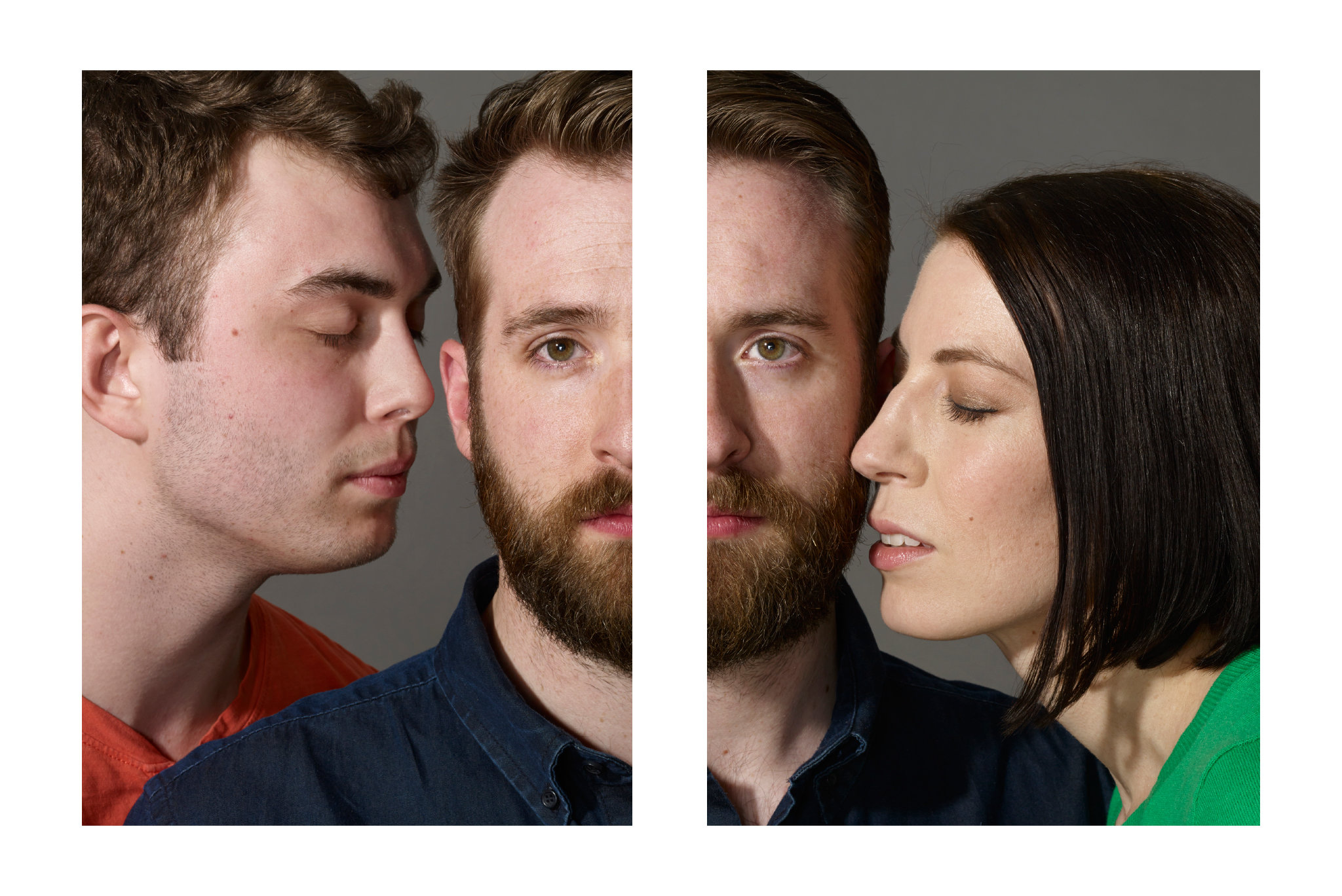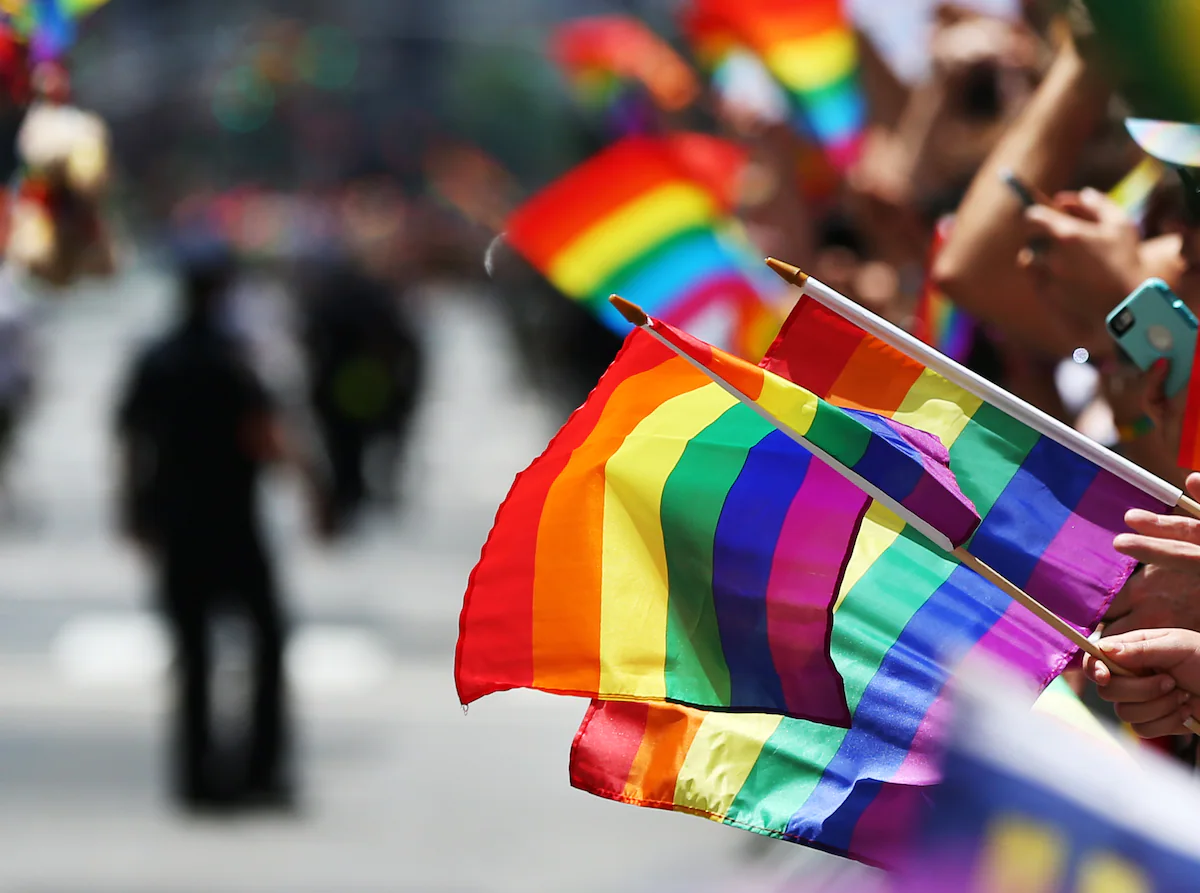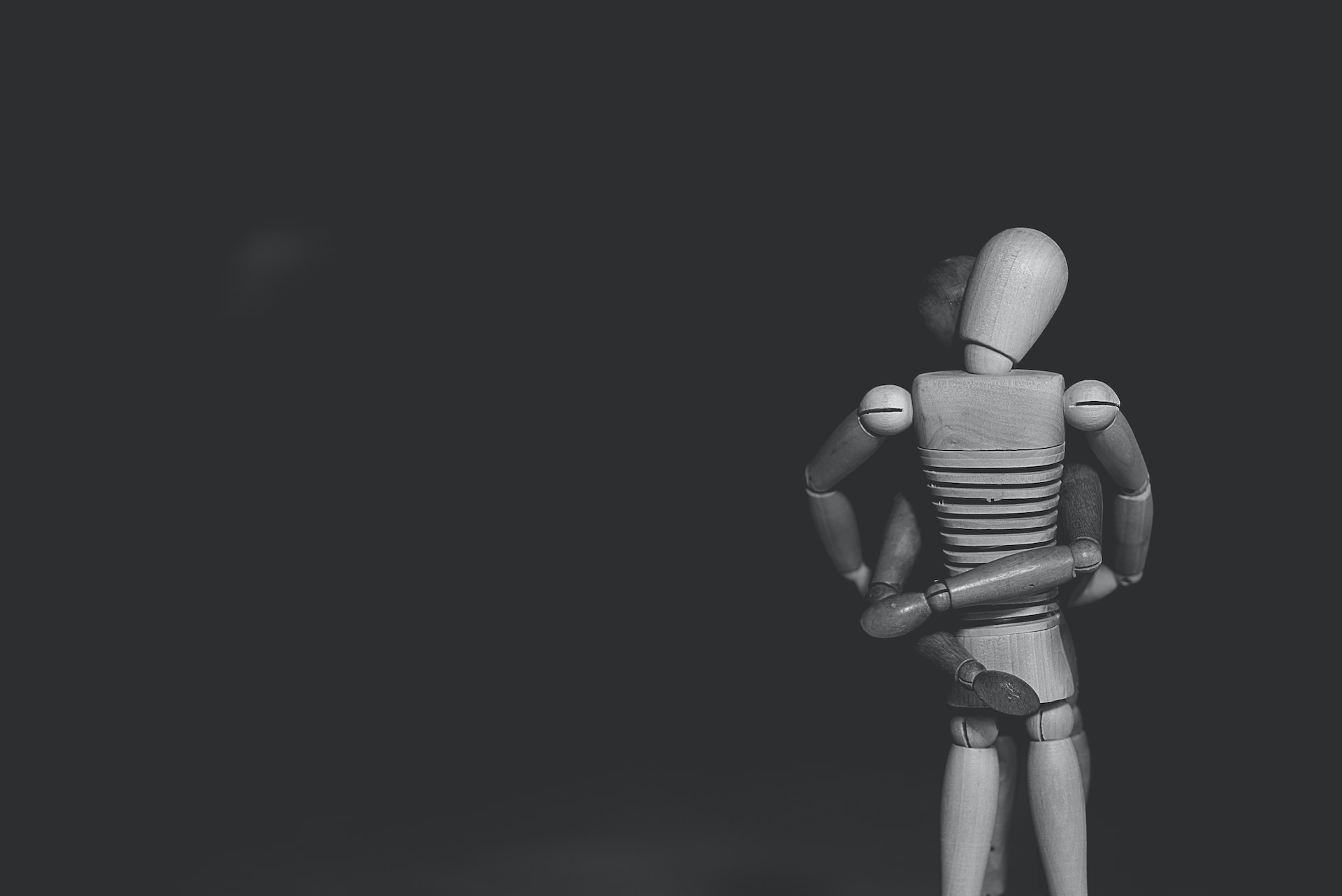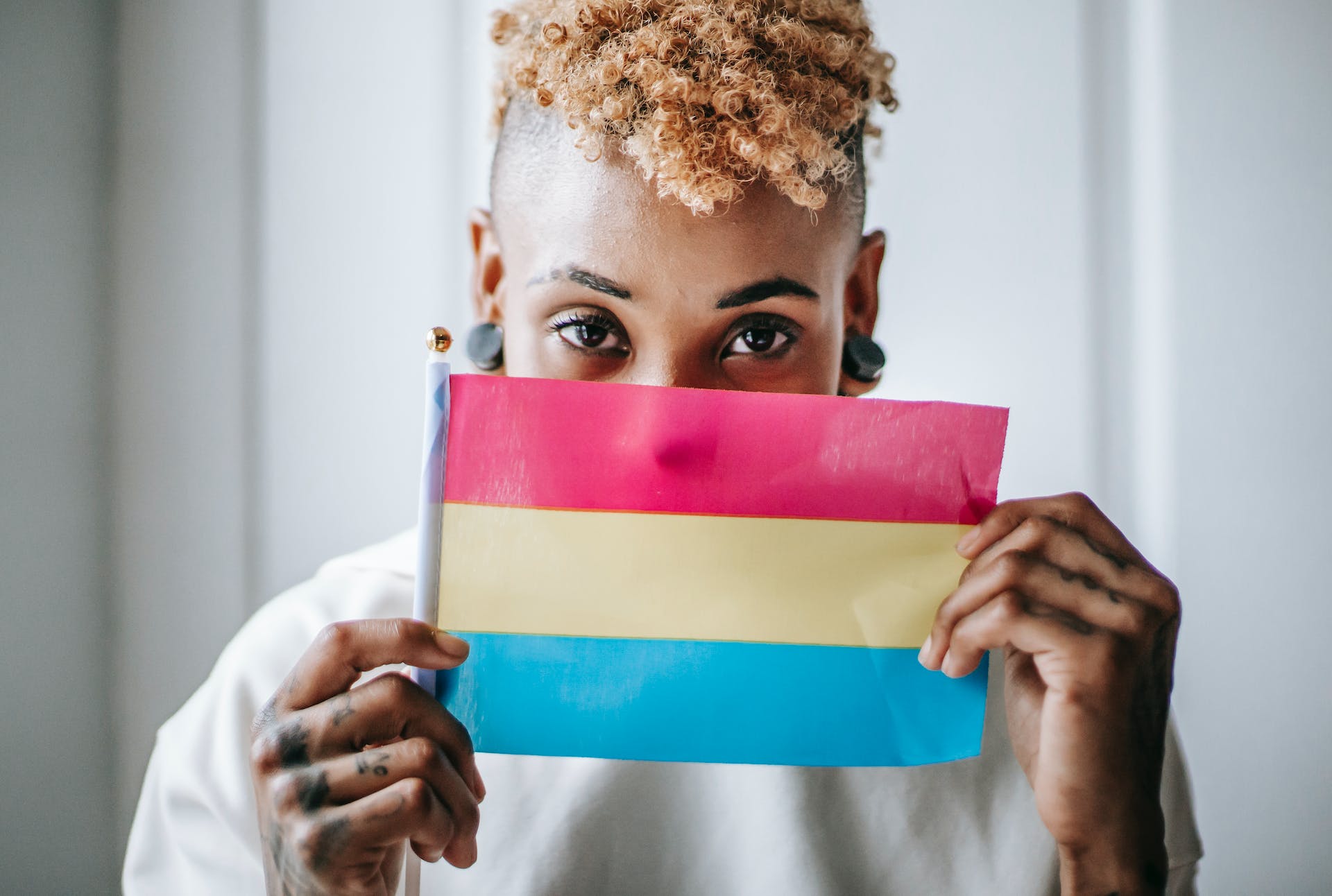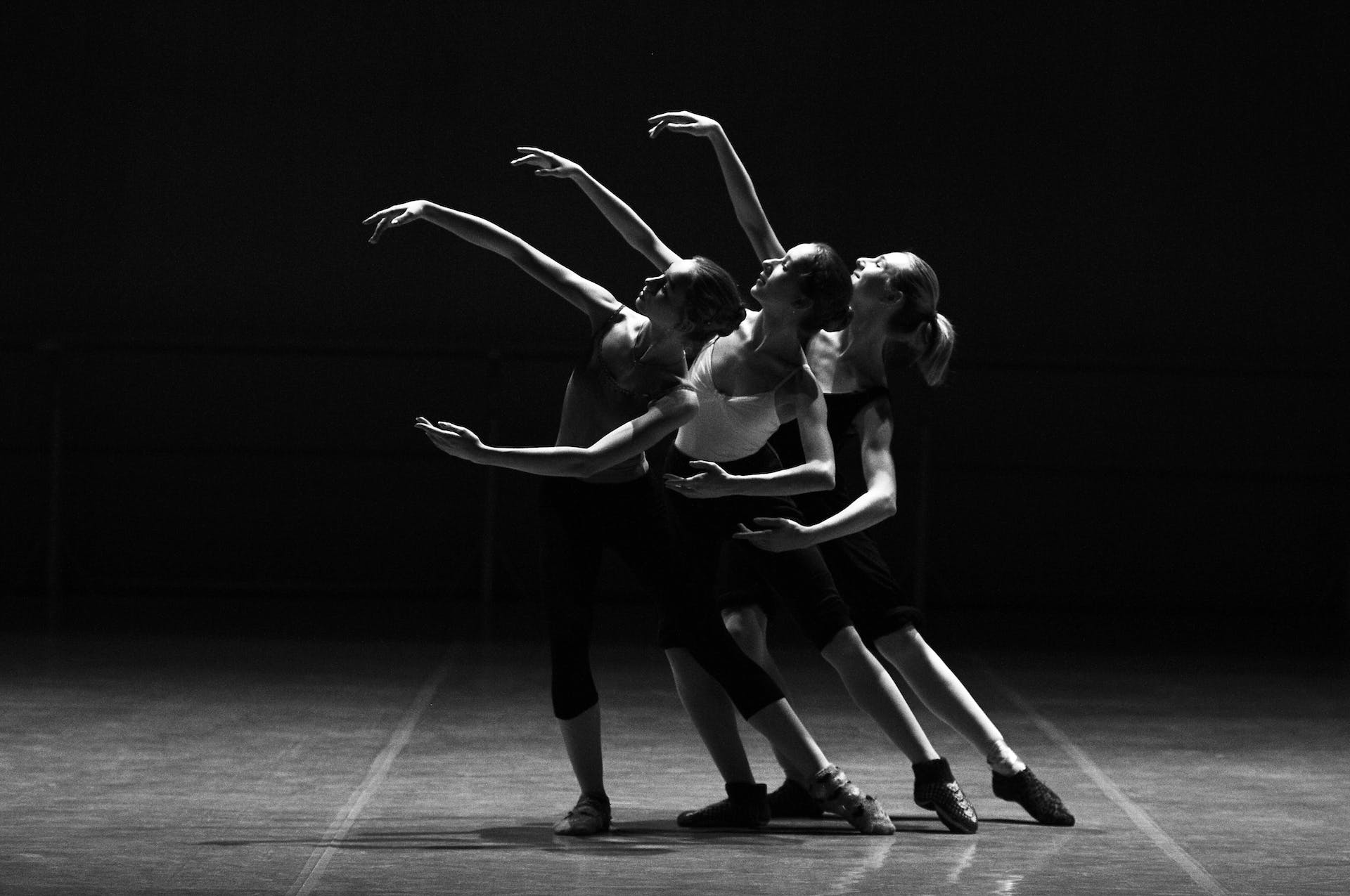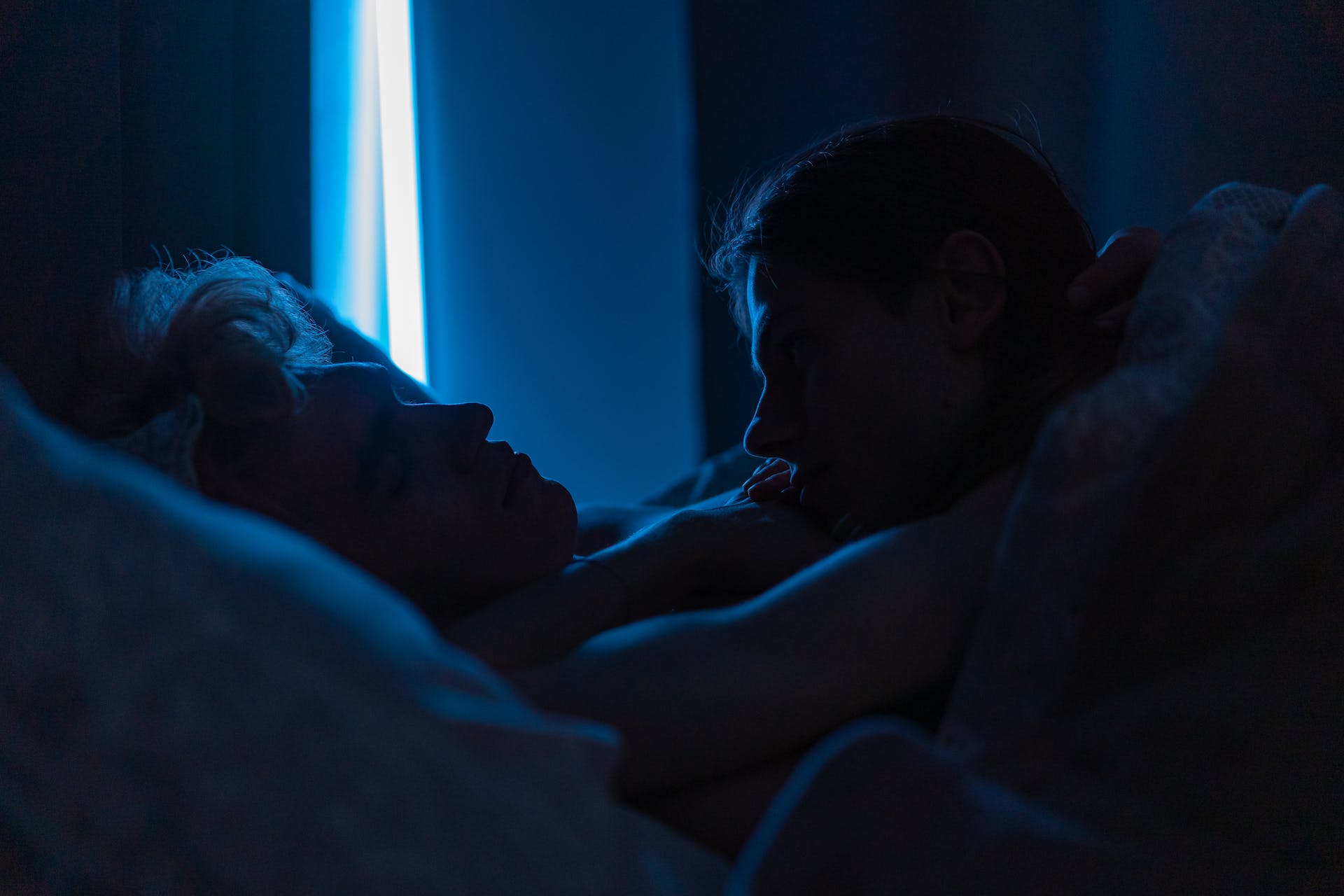Study shows increased mortality among lesbian and bisexual women compared to heterosexual women

A recent study has revealed an alarming trend: Lesbian and bisexual women face higher mortality rates than their heterosexual peers. These data highlight significant disparities in health and access to care among different groups, highlighting the need for more efforts to eliminate inequalities and improve the quality of life for all women, regardless of their sexual orientation.
Lesbians and bisexual women: high risk of premature death
The recent findings, published in the Journal of the American Medical Association, are based on data from the Nurses’ Health Study II, which began in 1989 to study risk factors for chronic disease in women. The study found that women who identified as heterosexual had a 26% lower risk of early death than lesbian and bisexual women. At the same time, lesbians died 20% earlier, and bisexual women died 37% earlier compared to their heterosexual peers.
“One of the key strengths of our study is the ability to analyze data on bisexual and lesbian participants separately, which was made possible by the large sample size and long follow-up period. Previously, no study in the United States could provide such detailed data,” study author Sarah McKetta, a postdoctoral fellow at Harvard Medical School, told NBC News.
Although the researchers expected to find differences, McKetta noted that they did not anticipate such large differences in mortality rates. “We have long known about systemic and persistent health disparities among LGB people, especially LGB women, across multiple indicators,” McKetta said. “We saw disparities in tobacco and alcohol use, mental health and chronic disease. In fact, almost every indicator we’ve looked at across multiple surveys shows that lesbian, gay and bisexual women face higher risks.”
“And we also know that this is due to levels of discrimination, from structural to individual,” she added. “In fact, we don’t yet fully understand the extent to which these differences are reflected in premature mortality, as the data have limitations. This study gave us the opportunity to quantify the extent of this difference.”
Using data collected on women 20 years ago that showed double the prevalence of alcohol and tobacco use, as well as a higher risk of breast cancer, heart disease and depression among lesbians and bisexuals, McKetta concluded that these disparities were largely due to preventable causes .

From interactions with health care settings to workplaces and personal spaces, “toxic social influences,” as McKetta calls them, lead to destructive behavior and serious mental and physical health consequences, especially for bisexual women.
“At first glance, it may seem that the risks increase as people become more identified as lesbian or gay, since sexuality is a spectrum. But in reality, the health risks are much more pronounced for bisexual people,” McKetta explained. “They face double pressure because of their identity and are discriminated against both within and outside queer communities.”
While McKetta acknowledges the study reflects a “grim” reality, she hopes the findings will help ensure future generations of lesbian and bisexual women do not face the same reduction in life expectancy as their predecessors.
Between Two Worlds: The Difficulties and Stress Bisexual Women Face in Finding Support and Acceptance
Bisexual women often face unique challenges and issues that make their experiences different from those of heterosexual and lesbian women. These difficulties can manifest themselves in both their personal lives and social interactions, having a noticeable impact on their overall health and well-being.
Bisexual women often find themselves under double pressure because of their sexual identity. On the one hand, they may face discrimination and mistrust from both the heterosexual society and the lesbian community. On the other hand, these women may experience unique difficulties related to internal conflicts and lack of support, which exacerbate their emotional state.
For years, research has shown that bisexual women have higher levels of stress, depression and anxiety disorders compared to their heterosexual and lesbian peers. This may be due to feelings of isolation and lack of sociocultural support, as well as internal conflicts caused by their sexual identity.
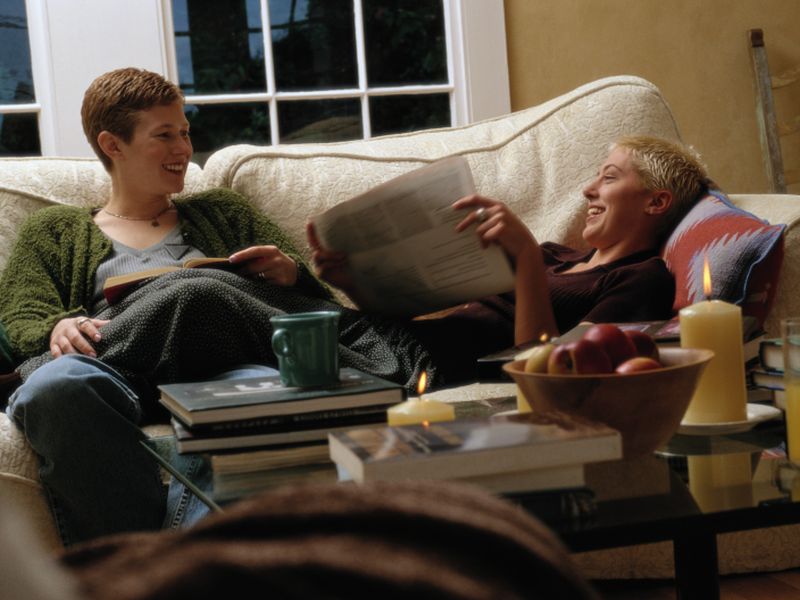
Factors such as acceptance issues, lack of acceptance within the queer community, and social pressure create a toxic environment that can contribute to negative health outcomes. This is also reflected in higher levels of alcohol and tobacco consumption, as well as increased risks of developing chronic diseases.
Despite these challenges, bisexual women often demonstrate incredible resilience and commitment to improving their lives and the lives of others. They actively fight for recognition and support, striving to create more inclusive and supportive communities. Understanding and acknowledging these unique challenges are important steps to improving their quality of life and ensuring equal access to resources and support.


